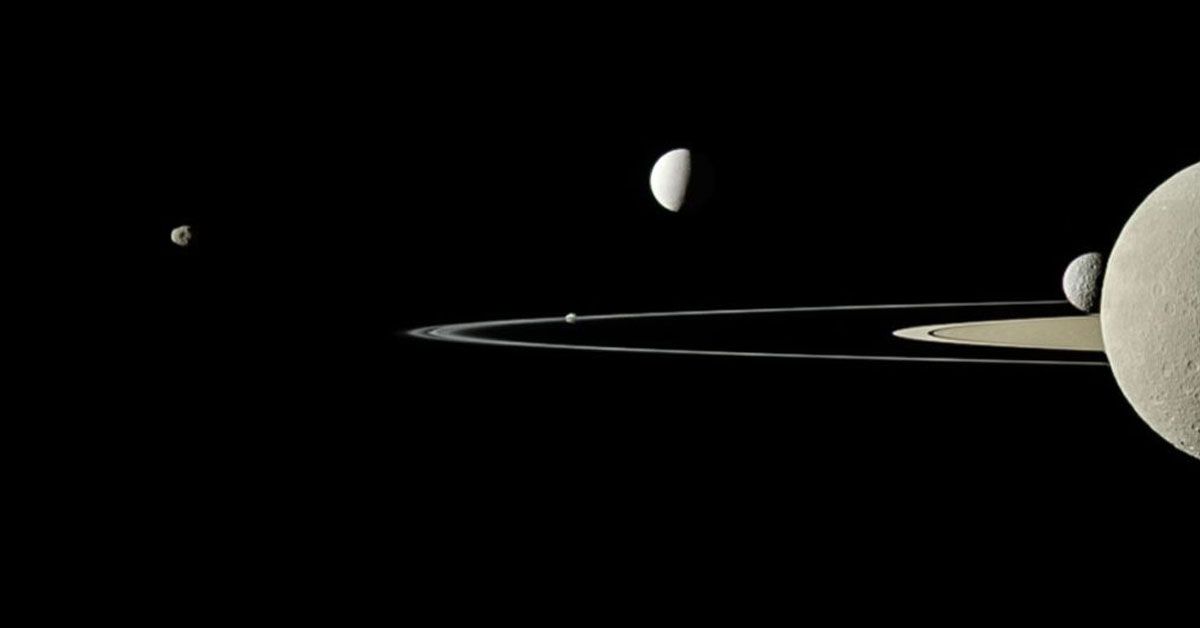Astronomical observations recently revealed that Saturn had wrested the title of the "moon king" from its celestial neighbor, Jupiter. This title, earned by having the highest number of moons in our solar system, is now firmly in Saturn's grasp, courtesy of the discovery of 62 new moons orbiting the gas giant. The newly discovered moons bumped Saturn's total moon count to a staggering 145. This tally leaves Jupiter, with its 95 known moons, in the dust, ending its short-lived reign as the moon monarch.
The milestone that Saturn has achieved being the inaugural planet to boast over a hundred moons is a colossal step in the annals of space exploration. Each new moon that comes into view is akin to a jigsaw piece, painting a more detailed picture of our solar system's origins and evolution. This remarkable accomplishment is the fruit of relentless efforts by a global astronomer team, including scholars from the University of British Columbia. Noteworthy contributors to the team include Dr. Edward Ashton, who spearheaded the initiative, UBC's Professor Dr. Brett Gladman, Dr. Mike Alexandersen from the Harvard Smithsonian Centre for Astrophysics, Dr. Jean-Marc Petit affiliated with the Observatoire de Besancon, and Matthew Beaudoin from UBC. The collective endeavors of this team culminated in this game-changing discovery.
The Techniques Used in the Discovery
The team employed an innovative method known as "shift and stack" to discover these new moons. This technique involves shifting a set of images to enhance the signal from potential moons, allowing faint ones to be detected. The technique, previously used for moon explorations around Neptune and Uranus, proved to be a game-changer in the quest for Saturn's moons.
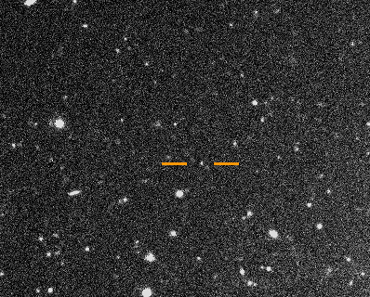
The data used for the discovery was collected by the Canada-France-Hawaii Telescope (CFHT) between 2019 and 2021. This data was meticulously scrutinized, focusing particularly on objects close to Saturn in the sky. Confirming the moons required tracking these objects for several years to ensure they were actually orbiting Saturn. The painstaking process involved matching objects detected on different nights over a 24-month period. This rigorous method of data analysis ultimately allowed the team to successfully detect moons around Saturn as small as about 2.5 kilometers in diameter.
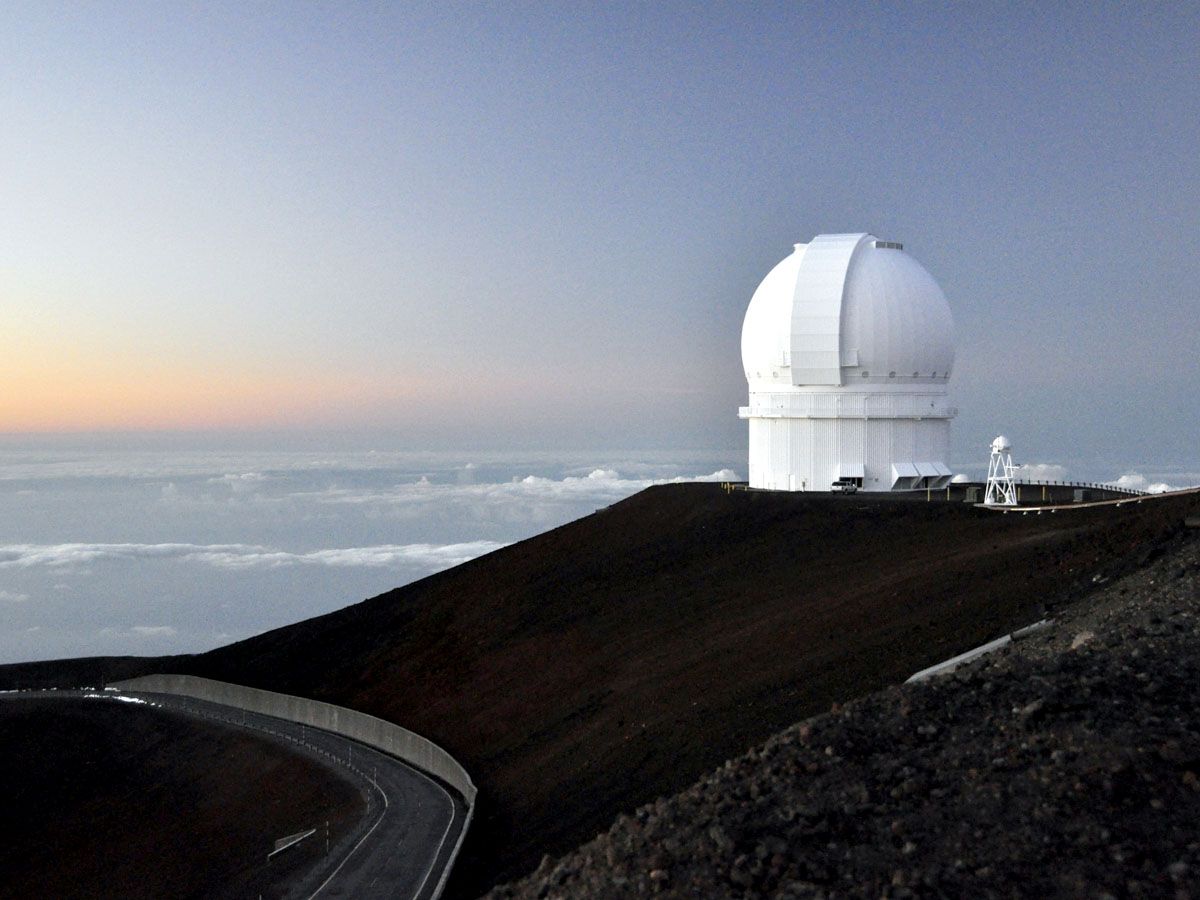
Characteristics of the Newly Discovered Moons
The latest additions to Saturn's moon count, all 62 of them, have been identified as "irregular moons." This classification is bestowed on moons that have peculiar traits, such as large, elongated orbits that deviate significantly from the more circular paths of regular moons. While regular moons harmoniously rotate in the same direction as their host planet, these irregular ones take a contrarian approach, exhibiting retrograde orbits - that is, they spin opposite Saturn's rotation. This eccentric behavior is thought to be a result of Saturn's colossal gravitational might, which ensnared these moons and pulled them into its orbit, a clear reflection of the planet's gargantuan size and powerful gravitational force.
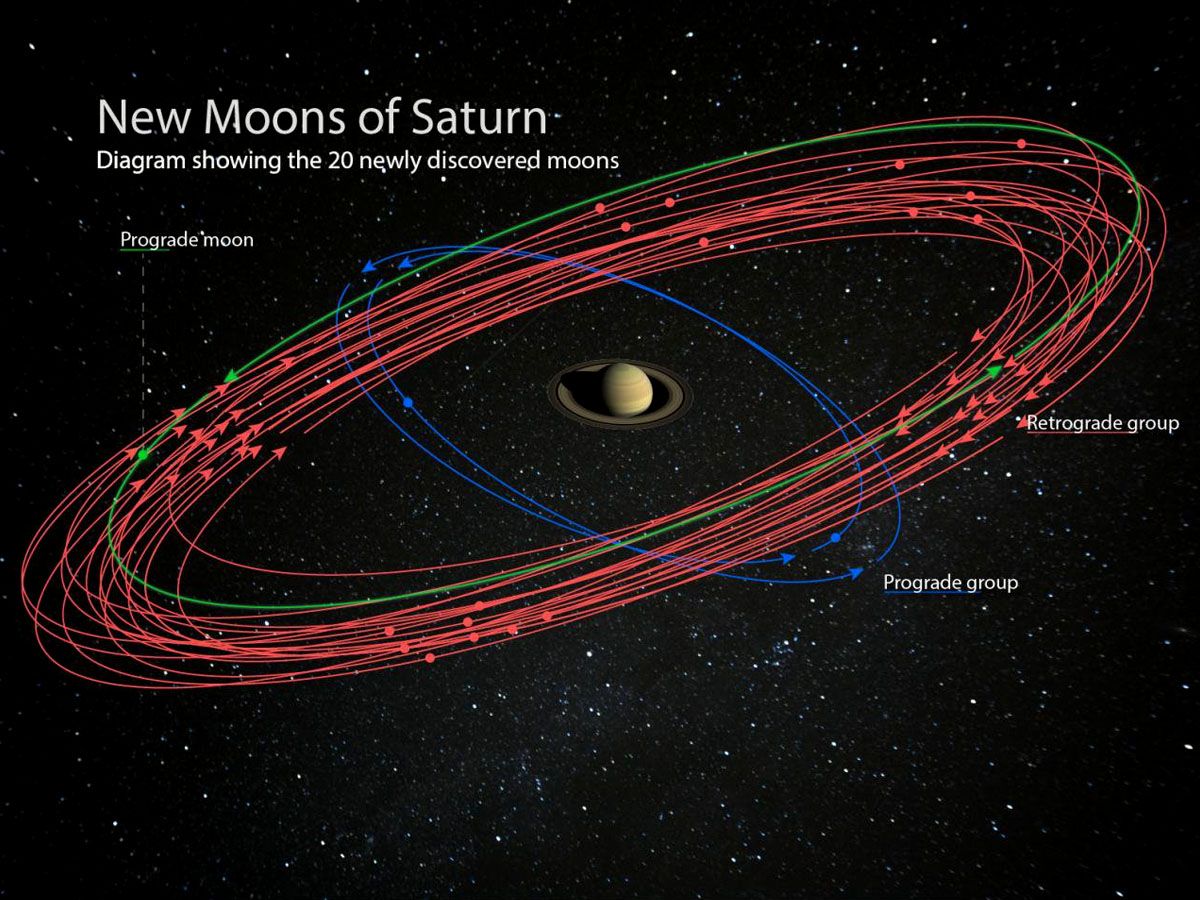
Saturn's irregular moons can be grouped into three clusters: the Inuit group, the Gallic group, and the Norse group. These groupings are based on similarities in the moons' orbital configurations, which suggest a common origin. Astronomers believe these irregular moons were formed from collisions between larger moons. This collision theory posits that the moons within each group are remnants of what was once a larger moon that shattered into smaller fragments.
Insights into the History of Collisions in the Saturn System
The orbits of these irregular moons serve as cosmic breadcrumbs, providing astronomers with valuable insights into the history of collisions within the Saturn system. The large number of these tiny moons in a retrograde orbit suggests a significant collision event occurred in Saturn's past. In fact, evidence points to a collision around 100 million years ago, which is believed to have formed the moons in the Norse group.
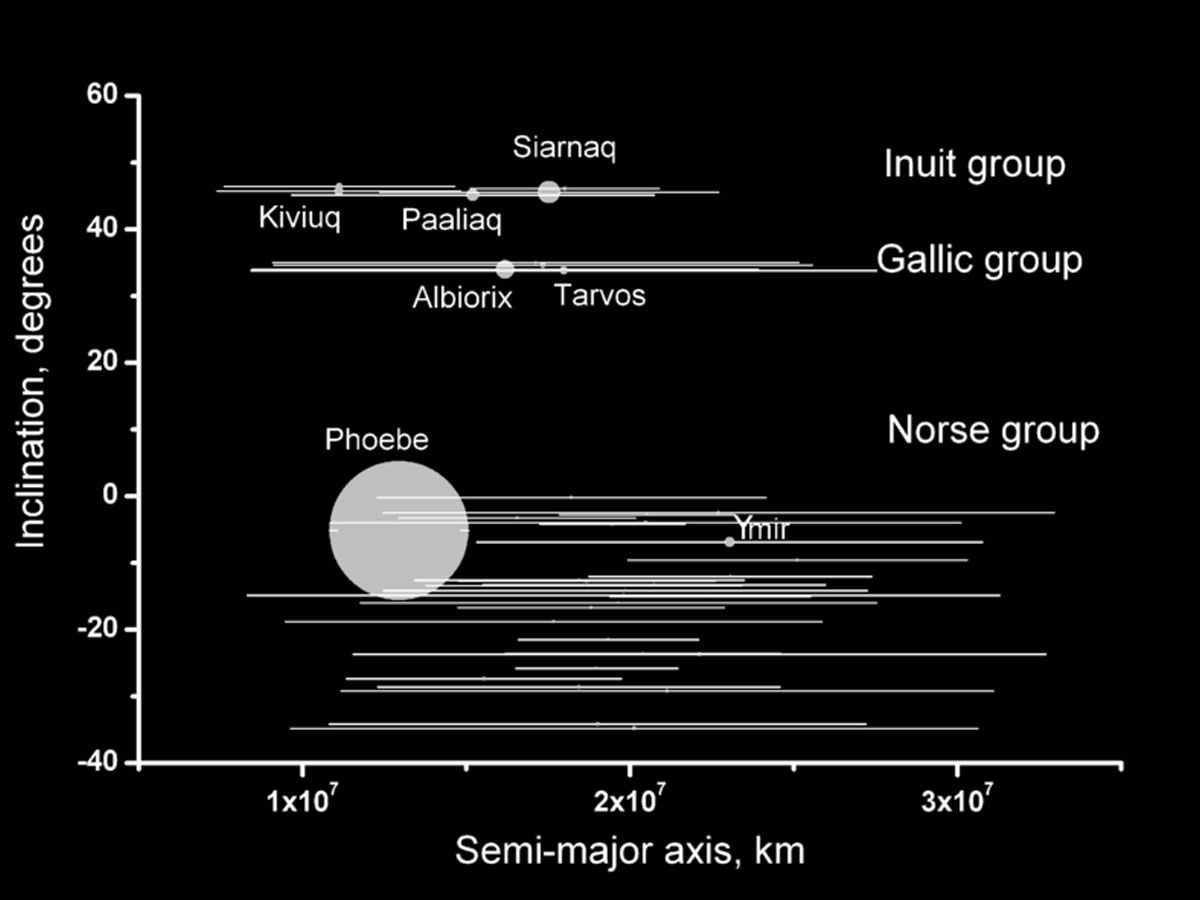
The moon counts across the solar system vary dramatically. Mercury and Venus, for instance, have no moons due to the Sun's powerful gravitational pull. Earth has one moon, Mars has two, while gas giants like Jupiter and Saturn have scores of moons. Uranus and Neptune also boast numerous moons, with 27 and 14 respectively. Even Pluto, classified as a dwarf planet, has five known moons.

The current standing in the moon race, with Saturn leading with its 145 moons, could change as astronomers continue to improve their techniques for moon discovery. As each new moon contributes to a clearer picture of our solar system's past and future, the race to discover them is far from over.
Sources: ubc.ca / space.com / earth.com / livescience.com
